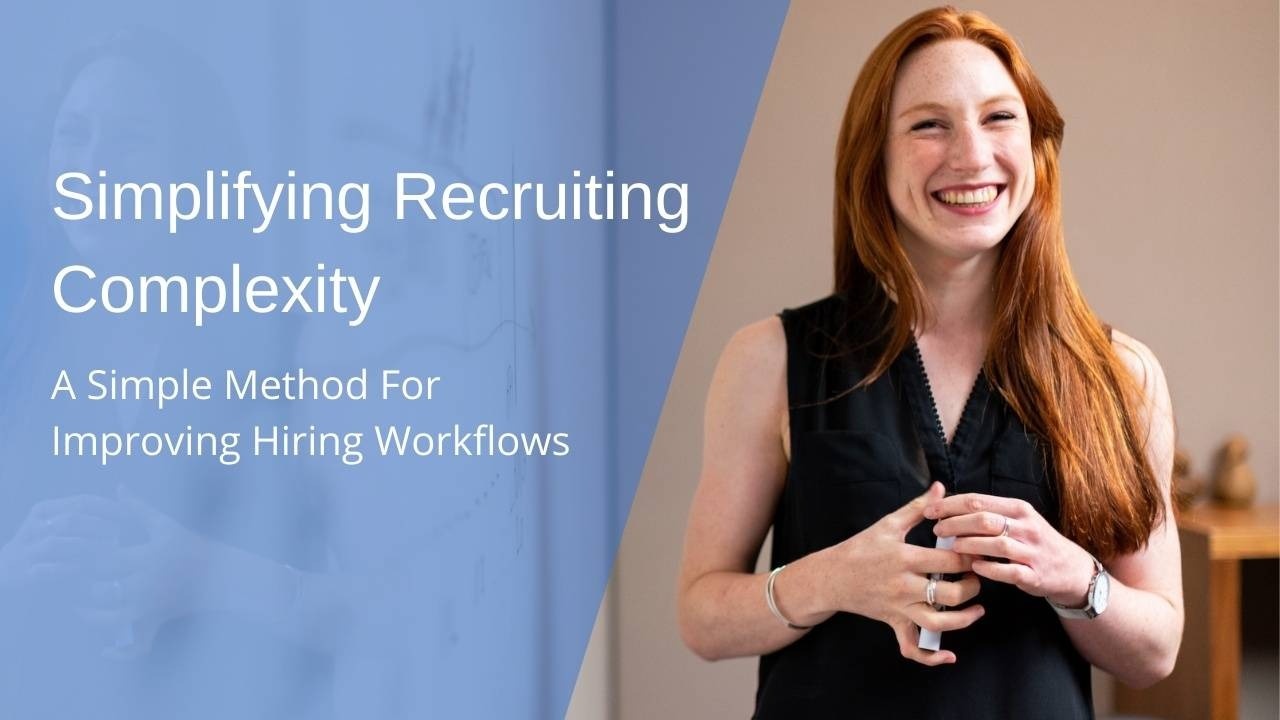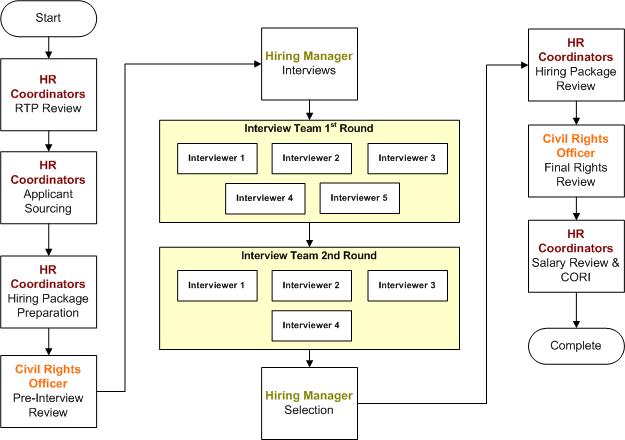
Simplifying the complexity of recruitment
[ad_1]

Coordination of People and Information
Hiring involves coordinating work activities among many stakeholders (HR, hiring teams, 3rd-part suppliers), as documents and data flow through the contracting process. Documents and data include job descriptions, resumes, interview feedback, background checks, references, and offers.
Making improvements can seem overwhelming with so many moving parts. This short article reveals how to reduce complexity and significantly increase the speed and quality of recruiting while lowering costs and increasing recruiting productivity.
Simplifying complexity and making high-value improvements start with creating a visual map of your hiring process. Like a GPS map, a process map reveals the path to our ultimate goal: improving performance.
When evaluating software vendors, ask them to demonstrate their contracting process on your system. This will quickly identify inappropriate vendors and reveal the best solution for your organization.
The following figure illustrates the main STEPS of a typical contracting process. For simplicity, I removed the TASK list and the software APPLICATIONS used in each STEP.

Current state vs. future state
Map your hiring process, as it currently exists. This is called the “current” state of your process. Then, you look for redundancies and opportunities where you can make incremental improvements to move toward the desired “future” state of your hiring process.
Illustrating a contracting process using this “Enhanced IDEF3 Framework” quickly reveals specific ways to simplify complexity and implement simple improvements that make a big difference. Armed with your visual process map, you can identify opportunities for improvement, reduce costs, and increase the speed and quality of engagement—before you implement software solutions.
Selection of the best system
Their map also provides a list of task-level features (not shown in the sample map above) that are required for any new software solution. Ask software vendors to demonstrate how their system will automate your process on their platform. If they can’t do it your way, try another provider. If a particular system cannot accommodate process changes quickly over time, try another vendor. If a vendor’s system cannot easily automate its processes in its own way, it will create more work and reduce efficiency. After all, shouldn’t software make your life easier?
Before implementing a new system or launching a process improvement project, take the time to map your “current” process. The map becomes your roadmap from where you are to where you want to be, and will drive significant operational efficiencies.
What do you think?
Please comment, like and share this article. To discuss how to improve your recruiting workflows and select the best system, email me at (email protected).
[ad_2]
Source link

